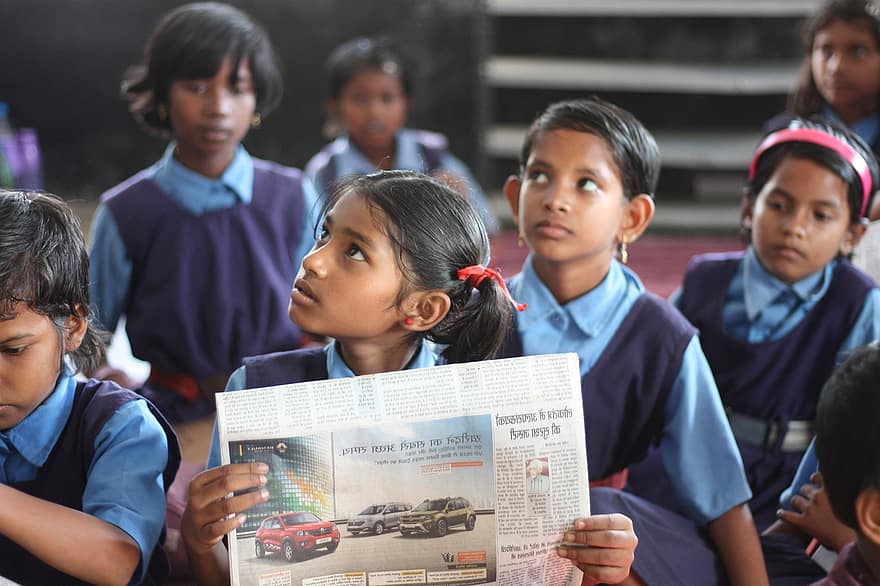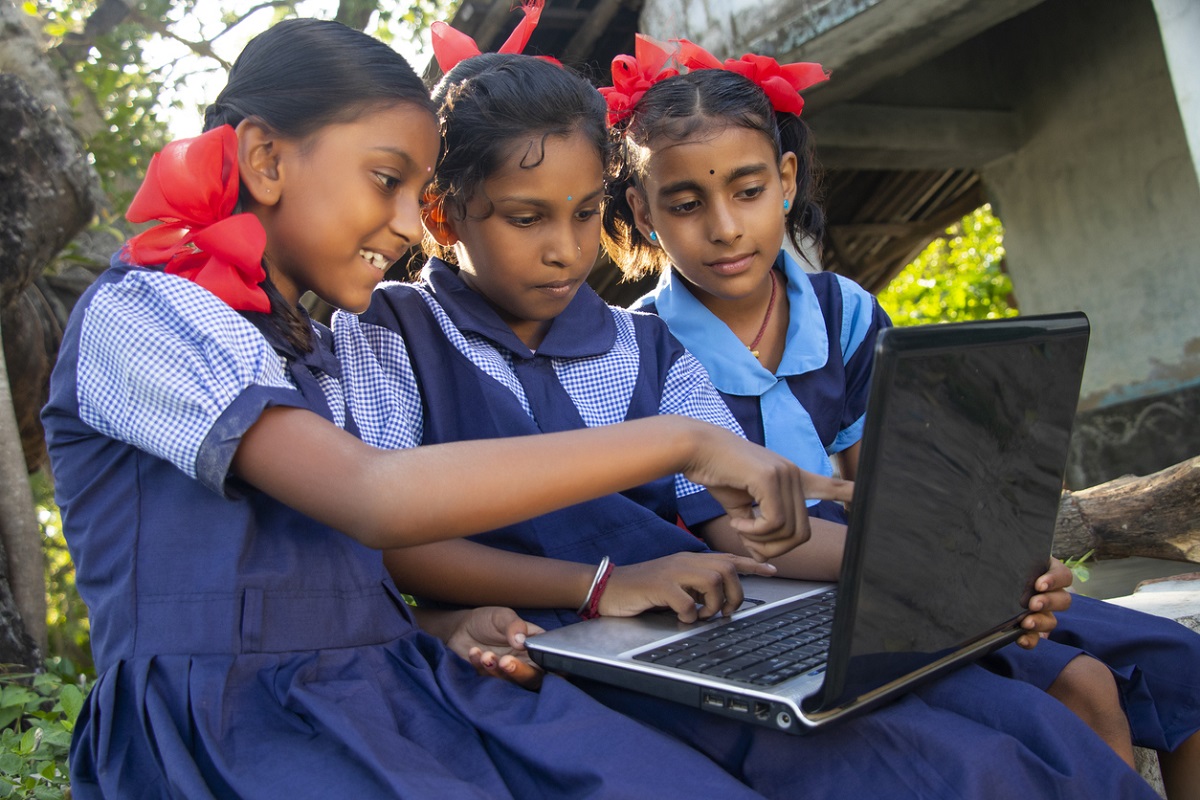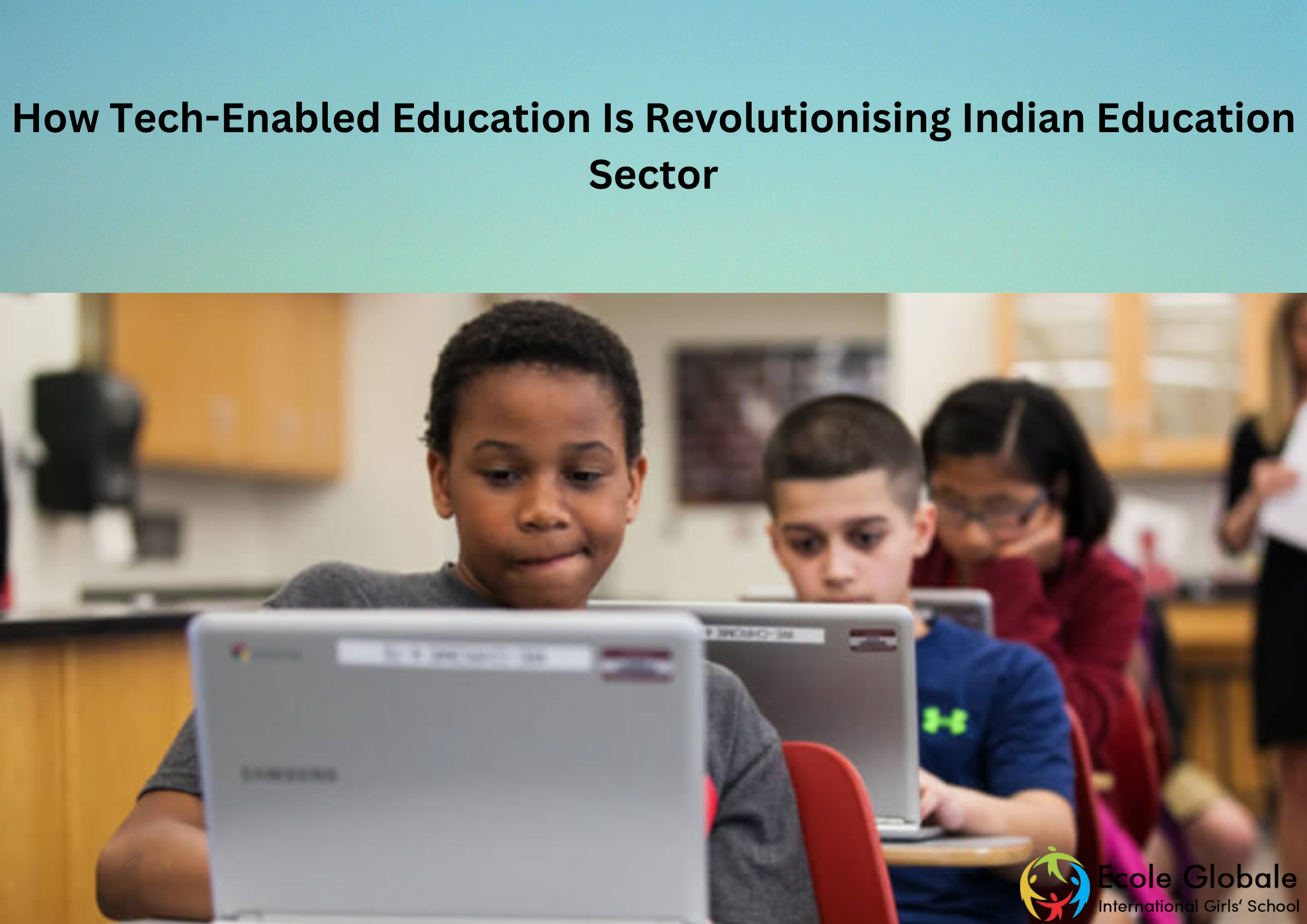Technology has changed nearly every part of our lives and has an impact on teaching methods too. From the digital classroom, to live video conferencing, to digital textbooks, online teaching is increasingly becoming the new face of the classroom.
And that’s not all: We’re now seeing the rise of “tech-enabled education”—offering teachers and students valuable services like remote assistance, real-time data analysis, and sophisticated algorithms that help parents choose the right school for their kids. These technologies are changing education in India—and they’ll soon be available to educators around the world.
Additionally, these technologies allow for more flexibility in learning.
That means students can learn at their own pace and take advantage of learning opportunities throughout the day instead of coming into a classroom to receive instruction.
As per research conducted by Boarding Schools in India, increased flexibility also allows for more opportunities for collaboration between students, which helps them build relationships with one another and strengthen their social skills.
Why Is Education Important?

According to the report published by the National Survey of India, the Literacy Rate of India in 2022 is 77.7 per cent.
Education is essential in India because it provides a platform for children to develop themselves, their minds and their creativity. It is also an opportunity for them to learn about the world around them and how it works.
Education also helps children understand their culture and teaches them about other cultures. That can help them become more open-minded and tolerant of others who may be different from themselves.
In addition, education helps people identify their strengths and weaknesses to improve these areas if needed or want to do so. It also helps people figure out what career they would like to pursue when they grow older, so they can begin preparing early on to achieve this goal later on down the road when circumstances allow them more time than when they were younger.
Overview Of The Indian Education Scenario
In India, there are more than 1.4 million schools as well as 50,000 institutions of higher learning. There are 399 state universities, 126 deemed-to-be universities, 48 central, and 334 private universities out of 907 universities.
The Indian education system is one of the best in the world. It is not only one of the largest systems but also one of the most diverse, with over 1 million schools across India. The country has some of the best academic institutions in the world and produces some of the best minds in various fields.
The Indian education system has undergone several changes since its inception. One of them was in 1947 when India gained independence from British rule and became an independent nation. The new government wanted a distinct identity for its country and decided to take charge of its education system and other aspects like culture, language etc.
Since then there have been many changes in this sector including new laws being passed by Parliament every year to improve standards within schools across India. These laws are then implemented by state governments who work closely with local authorities such as district magistrate offices or mayors.
Lower primary (ages 6 to 10) upper primary (ages 11 and 12), high (ages 13 to 15), and higher secondary make up India’s educational system (17 and 18). There are five “standards” in lower elementary education, two in upper primary school, three in high school, and two in higher secondary.
The Tech-Enabled Paradigm Shift In Education

As the world becomes increasingly tech-enabled, it’s essential to consider how this shift may impact education.
While many people would agree that technology has made our lives easier, faster, and more convenient in many ways, it is also true that the pace at which we now live can be overwhelming and stressful.
As a result of this new paradigm shift in our culture, many educators have begun to recognise the need for both increased flexibility and greater collaboration among students, teachers and parents.
The increasing use of technology in the classroom has provided us with an opportunity to rethink how we approach learning to better support our students’ needs.
Leveraging Technology To Meet The Challenges

India is currently the world’s fastest-growing economy and, in the coming years, it is predicted that it will become a significant player in the global economy. With an increase in employment, there has been a shift towards education and skill development.
India’s education sector has been facing several challenges, including low enrolment rates, low quality of education, lack of skilled teachers and poor infrastructure. To address these challenges, technology has been leveraged to improve access to education, enhance learning outcomes and increase efficiency in schools.
Students are getting access to quality education at affordable rates. They can also obtain certifications through online courses that are taught by experts from all over the world. The use of technology in education has led to an increase in enrolment numbers and quality education at lower costs.
The increased access to these tools makes it easier for students to learn at their own pace, irrespective of their location or financial background. It also gives them flexibility in choosing their career path as they can complete courses related to different careers without having to attend physical classrooms regularly.
Focus On Hardware And Software
India is one of the fastest-growing economies in the world. The country has a lot of potentials and it is growing at a very fast rate. It has a large population and most people in India are well-educated with a high level of literacy rate. However, there are still some issues that need to be addressed.
The main problem with education in India is that there are not enough schools and colleges. There are also not enough teachers who can teach students properly. Some schools do not have proper facilities like libraries or laboratories where students can learn new things through experimenting instead of just reading books or listening to lectures.
To solve this problem, we need to invest more money into education so that we can build more schools and colleges as well as provide better facilities so that students can learn more effectively without having any difficulty while studying at the school or college level.
Curriculum, Content And Pedagogy

The traditional education system has a lot of gaps and shortcomings that need to be addressed. For example, there are limited opportunities for students to interact with teachers, which makes it difficult for them to learn from their mistakes. Moreover, students are not able to do certain things on their own as they cannot access the necessary information or resources required for performing those tasks.
Due to these shortcomings, tech-enabled education has been introduced as an alternative approach to traditional education methods which can help address all these issues mentioned above.
With the help of technology such as video lectures and virtual classrooms that allow students and teachers from different locations around the world to interact with each other through video conferencing tools like Zoom or Skype;
Students can access high-quality learning materials at low costs without having restrictions due to geographical boundaries or availability of qualified teachers near their homes/locations where they live/work etc).
Self Learning And Remote Learning

In the last few years, the Indian education sector has seen a dramatic shift towards tech-enabled learning. That has been driven by the rising demand for higher education among India’s youth, as well as a growing awareness of the benefits of self-learning and remote learning.
The use of technology in India’s schools is not new: it has been around since the 1980s when computers were first introduced into classrooms across the country. But what is new is the extent to which this technology is being used today—and how it is changing the way students learn.
Self-learning and remote learning are two of the most significant trends that are revolutionising education in India. That is because these two innovations have made it possible for students to learn on their terms, rather than being tied to a classroom schedule. Additionally, self-learning and remote learning also make it possible for students to study from anywhere in the world without having to leave home or travel long distances.
Social Media Interaction And Online Mentoring

The education sector in India is going through a revolution. The use of technology in the classroom is growing at a tremendous pace, and it’s changing the way teachers teach and students learn.
Indian schools are now adopting digital platforms like social media, virtual classrooms, and online mentoring to engage with students and their parents. These tools are helping them break down barriers between teachers and students, as well as between students themselves. They’re also making it easier for students to learn from each other, which can help them better understand concepts they may have trouble grasping from their teachers alone.
Technology is revolutionising every aspect of India’s education system: from how teachers use technology in their classrooms to how students interact with one another outside of school; from how parents can keep up with their children’s grades through email updates; to how students can access information about upcoming tests or projects without ever having to leave home!
Tech-enabled education can help Indian students get ahead by making sure they’re prepared for life after graduation—whether that means getting into a good college or finding a job once they’ve graduated from high school!
Conclusion
India is undergoing major changes in education because of technology. All these developments suggest that there is a scope for collaboration between Indian and international experts and developers to develop technology-enabled platforms, digital libraries, and best practices handbooks for delivering distance education in India.
For any queries related to parenting, schooling, or any student-related tips, click here to check out our latest blogs.







